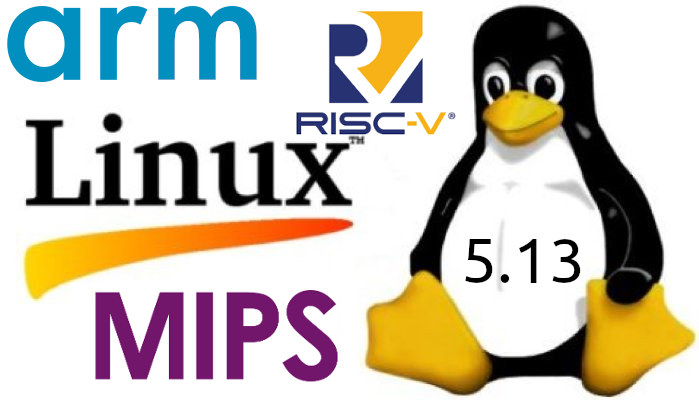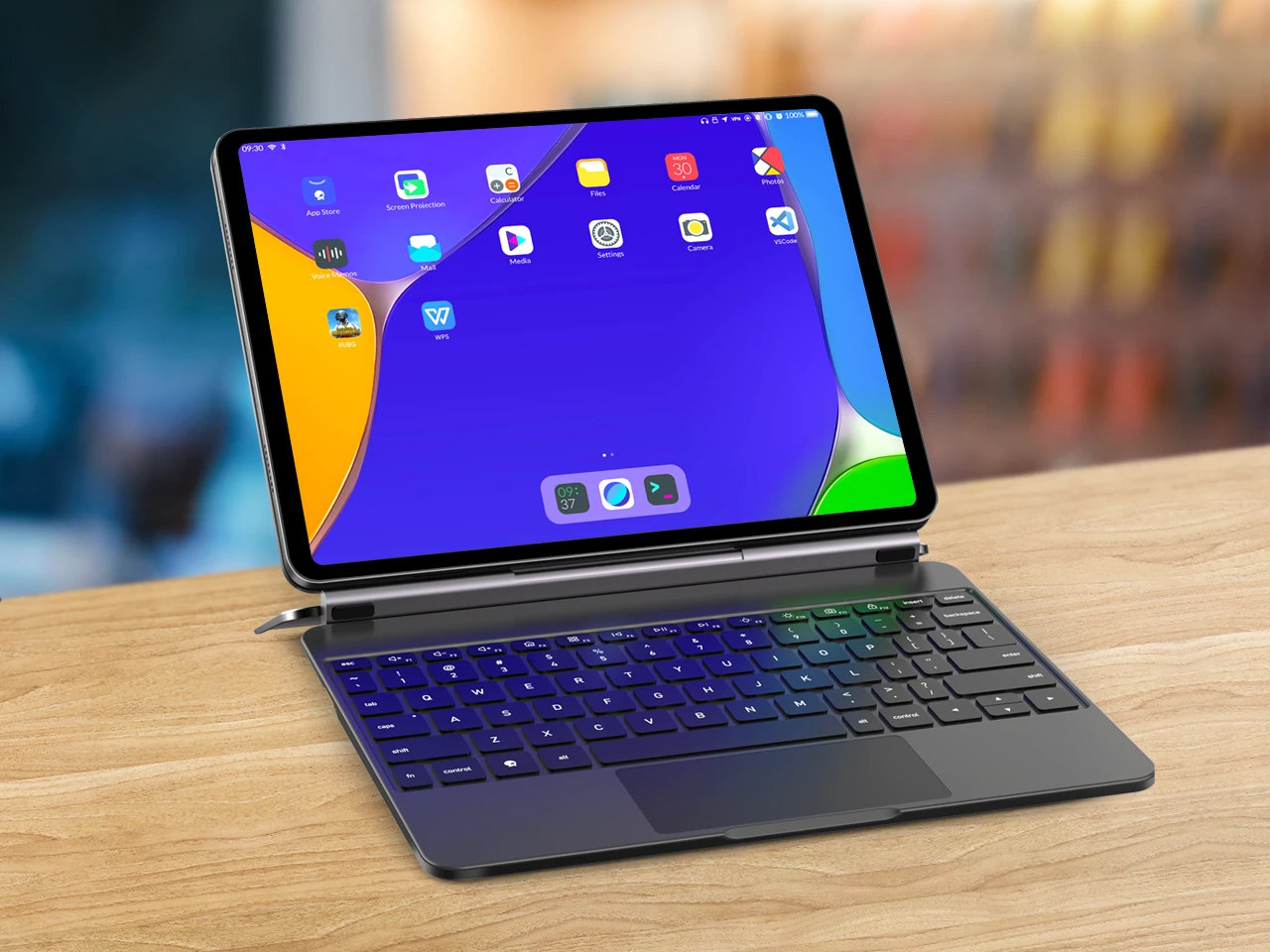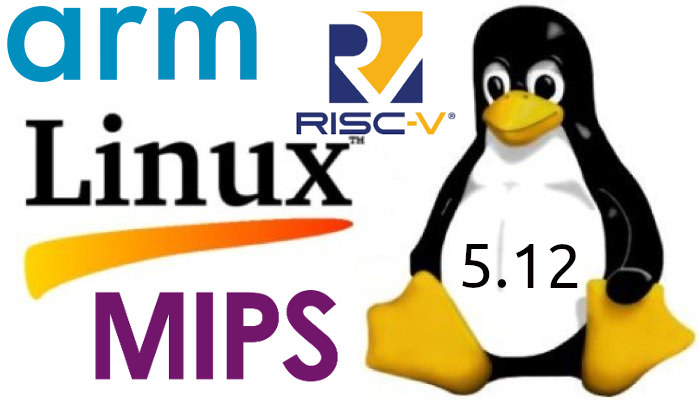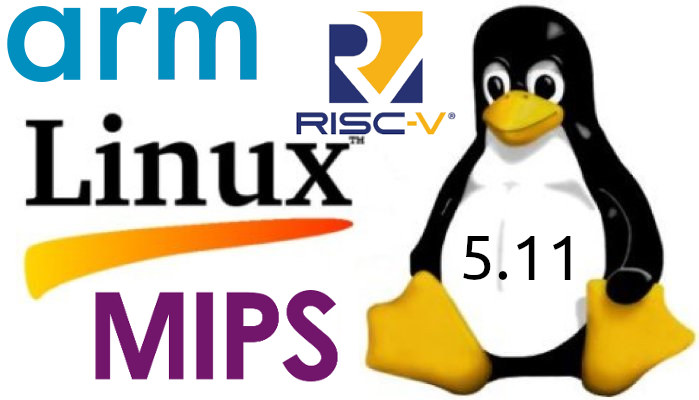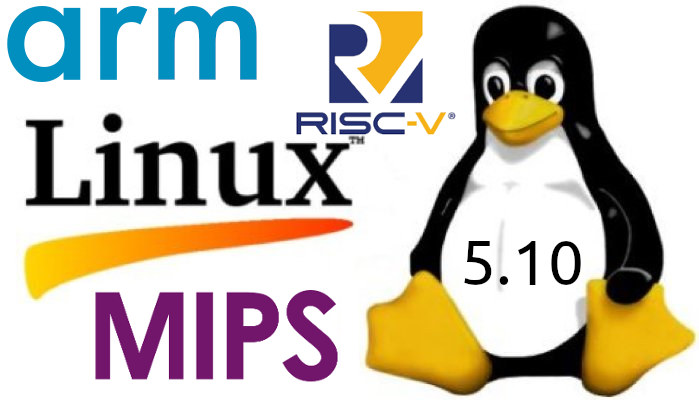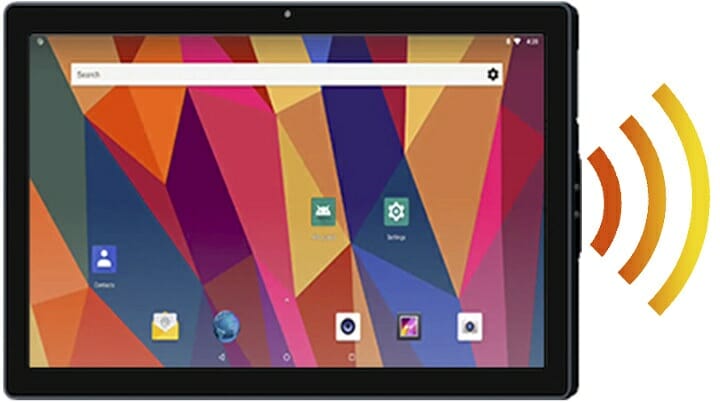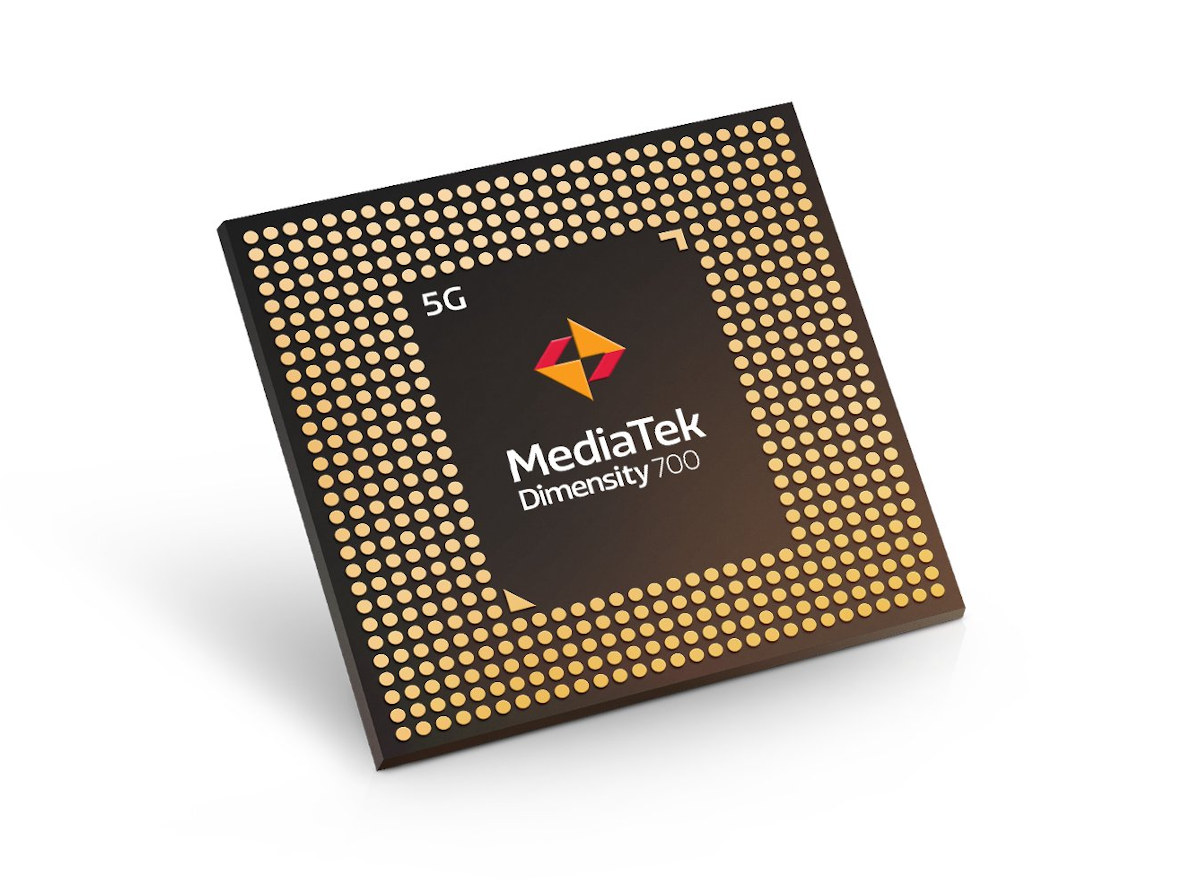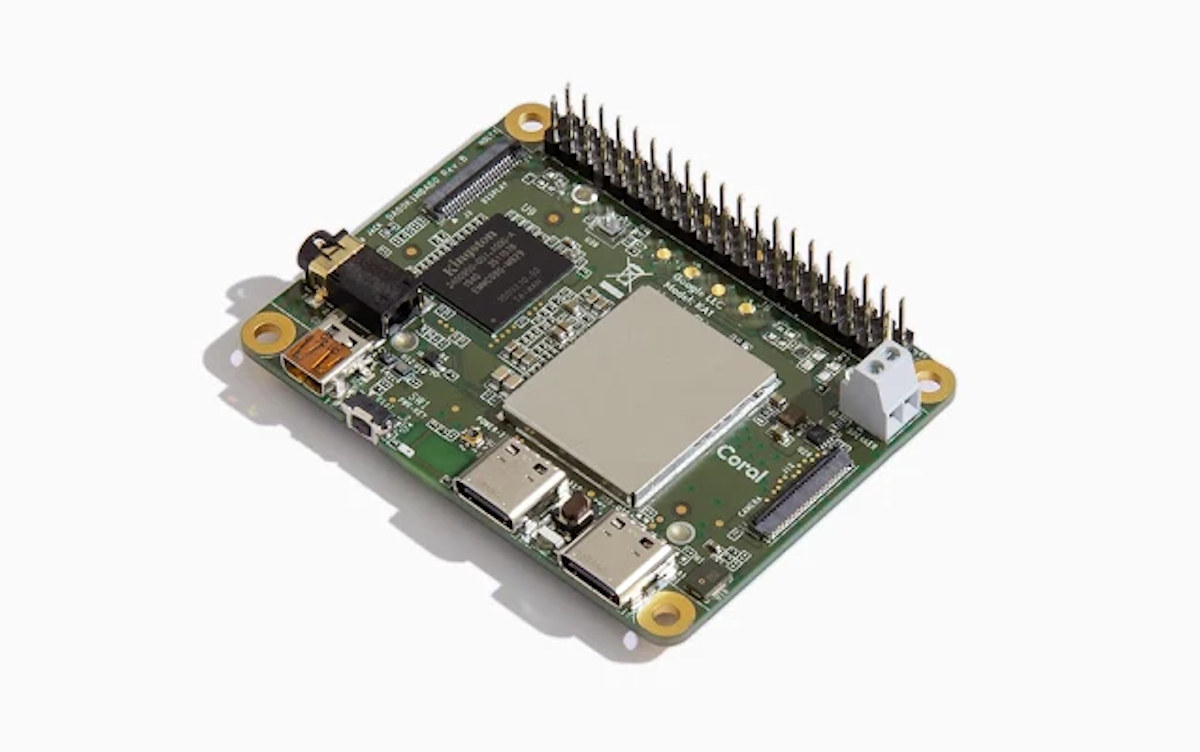Linus Torvalds has just announced the release of Linux 5.13: So we had quite the calm week since rc7, and I see no reason to delay 5.13. The shortlog for the week is tiny, with just 88 non-merge commits (and a few of those are just reverts). It’s a fairly random mix of fixes, and being so small I’d just suggest people scan the appended shortlog for what happened. Of course, if the last week was small and calm, 5.13 overall is actually fairly large. In fact, it’s one of the bigger 5.x releases, with over 16k commits (over 17k if you count merges), from over 2k developers. But it’s a “big all over” kind of thing, not something particular that stands out as particularly unusual. Some of the extra size might just be because 5.12 had that extra rc week. And with 5.13 out the door, that obviously means […]
JingPad A1 Arm Linux 2-in-1 tablet can run Android apps (Crowdfunding)
If you are looking for an Arm Linux tablet option are limited with, for instance, the Allwinner A64 powered 10.1-inch PineTab tablet or the CutiePi tablet with a Raspberry Pi CM4 module. If you’d like more performance, the upcoming JingPad A1 2-in-1 tablet might be an option worth looking into. The 11-inch 2K tablet features an octa-core Cortex-A75/A55 processor, coupled with 6GB RAM and 128GB storage, and can be transformed into a laptop with an optional detachable keyboard. JingPad A1 runs the company’s JingOS optimized for tablets, and which also happens to be able to run Android apps. JingPad A1 specifications: SoC – Unnamed octa-core processor with 4x Arm Cortex-A75 CPU cores @ 2 GHz, 4x Arm Cortex-A55 CPU cores @ 1.8 GHz, Imagination PowerVR GM9446 GPU @ 800 MHz. (I can’t find an exact match, but if it looks similar to MediaTek Helio P90 except the configuration is 2x […]
Linux 5.12 – Main Changes, Arm, MIPS and RISC-V Architectures
Linux 5.12 release was expected last Sunday, but Linus Torvalds decided to release one more release candidate, namely Linux 5.12-RC8, to “make sure things are all settled down“, so the latest Linux kernel is now expected this weekend. Tihs should not yield any significant changes, so we can check what’s new in Linux 5.12, notably with regards to Arm, MIPS, and RISC-V architectures often used in SoC’s found in embedded systems. Around two months ago, the release of Linux 5.11 added support for Intel’s software guard extensions (SGX) and Platform Monitoring Technology (PMT), AMD “Van Gogh” and “Dimgrey cavefish” graphics processors, MIPI I3C host controller interfaces, and much more. Some interesting changes in Linux 5.12 include: Added support for ACRN hypervisor designed for IoT & embedded devices Added support for Playstation DualSense & Nintendo 64 game controllers, as well as Nintendo 64 data cartridges Dynamic thermal power management via a […]
Linux 5.11 Release – Main Changes, Arm, MIPS & RISC-V Architectures
Linus Torvalds has released Linux 5.11 just in time for… “Valentine’s Day”: Nothing unexpected or particularly scary happened this week, so here we are – with 5.11 tagged and pushed out. In fact, it’s a smaller-than-average set of commits from rc7 to final, which makes me happy. And I already have several pull requests lined up for tomorrow, so we’re all set for the merge window to start. But in the meantime – and yes, I know it’s Valentine’s Day here in the US – maybe give this release a good testing before you go back and play with development kernels. All right? Because I’m sure your SO will understand. Linus Last time around, Linux 5.10 was an LTS release that added EXT-4 performance enhancements, improved post-Spectre performance, as well as the enablement of BCM2711 (Raspberry Pi 4) display pipeline, among other many changes. Some of the notable changes in […]
Linux 5.10 LTS release – Main changes, Arm, MIPS and RISC-V architectures
Linus Torvalds has just released Linux 5.10: Ok, here it is – 5.10 is tagged and pushed out. I pretty much always wish that the last week was even calmer than it was, and that’s true here too. There’s a fair amount of fixes in here, including a few last-minute reverts for things that didn’t get fixed, but nothing makes me go “we need another week”. Things look fairly normal. It’s mostly drivers – as it should be – with a smattering of fixes all over: networking, architectures, filesystems, tooling.. The shortlog is appended, and scanning it gives a good idea of what kind of things are there. Nothing that looks scary: most of the patches are very small, and the biggest one is fixing pin mapping definitions for a pincontrol driver. This also obviously means that the merge window for 5.11 will start tomorrow. I already have a couple […]
Foenix 21-5-inch Android 8.1 smart touch computer features MediaTek MT8167A Cortex-A35 SoC
Earlier this week, we covered Wireless Tag’s Industio 7-inch smart display powered by a SigmaStar SSD201 32-bit Arm Cortex-A7 processor and offering both Ethernet and WiFi 4 connectivity. If you’d like a 64-bit processor, a much larger display size, and faster wireless connectivity, Innocomm has just introduced the “Foenix Touch Console” 21.5-inch open-frame touch computer based on the same MediaTek MT8167A quad-core Cortex-A35 processor as found in the PlayStation Classic, and capable of Ethernet and WiFi 5 (AC) networking. Foenix iCOM1019 touch console preliminary specifications: SoC – MediaTek MT8167A quad-core Cortex-A35 processor @ up to 1.5 GHz with PowerVR GE8300 GPU System Memory – 2GB RAM Storage – 8GB storage, MicroSD card slot Display – 21.5-inch PCAP touchscreen display with 1920×1080 resolution Video Output – Optional HDMI 1.4a Audio – 2-channel 6W amplifier, 2x digital microphones, 3.5mm 4-pole audio jack Camera – Optional 2MP front-facing camera Connectivity 10/100M Ethernet (RJ45) […]
MediaTek unveils Dimensity 700 5G processor, MT8192 & MT8195 SoCs for Chromebooks
MediaTek announced three new 6nm and 7nm processors yesterday with Dimensity 700 5G processor for mainstream 5G mobile phones, and MT8192 & MT8195 SoCs for Chromebooks. MediaTek Dimensity 700 Key features and specifications with highlights showing differences against Dimensity 720: Octa-core Processor – 2x Arm Cortex-A76 @ up to 2.2 GHz, and 6x Arm Cortex-A55 @ up to 2GHz GPU – Arm Mali-G57 MC2 @ up to 950 MHz AI Accelerator – MediaTek APU System Memory – Up to 12GB LPDDR4x up to 2133MHz Storage – UFS 2.2 Display – Up to 2520 x 1080 resolution with 90Hz max refresh rate Camera ISP up to 16MP+16MP @ 30 fps dual camera, or 64MP @ 22 fps single camera Video Capture Resolution up to 3840 x 2160 Features – HDR-ISP, Multi-Frame NR, 3D Noise Reduction, Depth Engine, Warping Engine, AI-FD Video Encoding – H.264, H.265 / HEVC up to 2Kp30 Playback – […]
Google Coral Dev Board mini SBC is now available for $100
Google Coral SBC was the first development board with Google Edge TPU. The AI accelerator was combined with an NXP i.MX 8M quad-core Arm Cortex-A53 processor and 1GB RAM to provide an all-in-all AI edge computing platform. It launched for $175, and now still retails for $160 which may not be affordable to students and hobbyists. Google announced a new model called Coral Dev Board Mini last January, and the good news is that the board is now available for pre-order for just under $100 on Seeed Studio with shipping scheduled to start by the end of the month. Coral Dev Board Mini specifications haven’t changed much since the original announcement, but we know a few more details: SoC – MediaTek MT8167S quad-core Arm Cortex-A35 processor @ 1.3 GHz with Imagination PowerVR GE8300 GPU AI/ML accelerator – Google Edge TPU coprocessor with up to 4 TOPS as part of Coral […]


